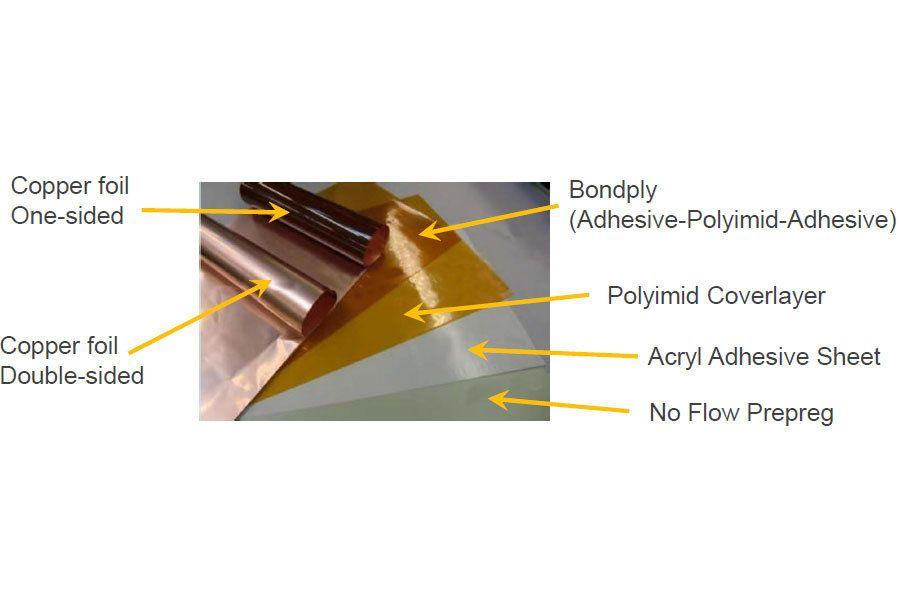
Rigid-flex Circuits Design
Here at Hemeixinpcb, we’ve been committed to manufacturing high precision printed circuit boards and rigid-flex circuits for nearly 15 years. The combined experience of our management and manufacturing engineers, along with our state-of-the-art manufacturing tools provide the perfect recipe for success. We work closely with our customers from the beginning to ensure that their PCB and rigid-flex circuits will not only satisfy all of their requirements but will convince them to choose Hemeixinpcb for all of their future PCB and rigid-flex circuits needs.
Rigid-flex circuits are the perfect solution if multiple rigid PCBs need to be electrically connected in various installation positions and orientations. The rigid-flex circuits technology is extremely versatile with regard to layout options and geometries and has, therefore, become an indispensable part of modern connection solutions.
With our rigid-flex circuits, we can offer cost-effective, high-quality, flexible products that can withstand bending stresses (installation, adjustments, repeated insertions and removals).
PCB Base Materials for flex and rigid-flex PCBs
The base materials for flex and rigid-flex printed circuit boards
can be divided into three categories:
- Flexible, Copper Clad Laminate
- Cover layer, protective Foils, flexible Coating systems
- Adhesive Systems (rigid and flexible)

rigid-flex circuits
Overview of flexible Laminates:
PET (Polyethylenterephthalat)
Thermoplastic polyesters for simple applications
PEN (Polyethylennaphthalat)
Thermoplastic polyesters for simple applications
LCP (Liquid Crystal Polymer)
As an alternative to polyimide, for extremely demanding applications as RF applications
Polyimide(Trade name e.g. Kapton)
Industry standard, very flexible use
Rigid-flex circuits (Based FR4 or special materials)
Onlylimited flexible
Basics about flexible laminates:
Layer Thickness, Kind of Copper and Adhesive:
- Thickness of Copper: 9, 18, 35, 70µm, RA or ED copper (RA = Rolled Annealed; ED = Electrodeposited)
- Thickness of Adhesive: 25–35µm, Acrylic or Epoxy based
- Thickness of Polyimide: 25, 50, 75, 100, 125µm
rigid-flex circuits
We have just learned, that there are two types of copper foils for flexible circuit boards used:
RA (Rolled Annealed) Copper
RA copper is due to its property of being under mechanical loading well to deform (ductility), in particular, used for flexible and rigid-flex circuits boards. Because of the smooth surface is RA copper also the first choice for RF applications.
ED (Electrodeposited) Copper ED copper foil is the standard copper foil for rigid PCBs and the most commonly used copper type in the PCB industry. It is on a large scale and for flexible printed circuit boards used when the flexibility of the application is not the most important feature within the application.




